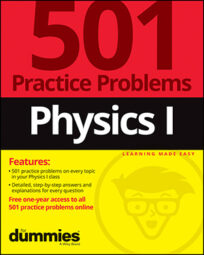In physics, when a force is applied to an object and that object is displaced, work is done on the object. You can calculate how much work is done given the mass of the object and the distance it travels.
This can come in handy the next time you have to rearrange the books on your library shelf: by calculating how much work you do, you can justify more frequent coffee breaks!
Practice questions
What is the net amount of work done when a librarian lifts a 925-gram book from the floor to a point 1.5 meters above the floor at a constant speed?
Round your answer to the nearest joule.
A bookshelf has five shelves, each 40 centimeters apart. If Roger lifts a 2.8-kilogram dictionary at a constant velocity from the second shelf to the fifth shelf, how much work does he do?
Round your answer to three significant digits.
How much work is done by an automotive engine that accelerates an 800-kilogram car from 25 kilometers per hour to 40 kilometers per hour in 5 seconds?
The coefficient of friction between the car's tires and the ground is 0.72. Round your answer to the nearest kilojoule.
Answers
The following are the answers to the practice questions:
0 J
There is no net force on the book if the book is not accelerating. A constant speed (velocity) means that the acceleration equals 0, and, because Fnet = manet, if anet = 0, then Fnet = 0 as well. Because work is the product of force and distance, if the net force is 0, then the net work done must also be 0.
32.9 J
First convert the distance between the shelves into the proper units of meters:

W = Fd, where W is the work done on an object, F is the force exerted on the object, and d is the distance the object moves. If the shelves are each 0.4 meters apart, the distance between three shelves is (3)(0.4 m) = 1.2 m. To figure out the force that Roger exerts to lift the book, draw a free-body diagram to find FL, where FL is the "lift" force that Roger exerts.
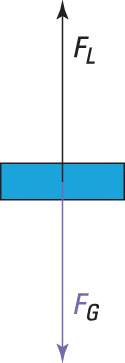
Now calculate the "lift" force:
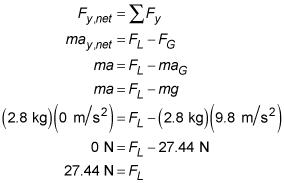
Then substitute this into the formula for work, along with the calculated distance.

285 kJ
First convert the velocities to the proper units of meters:

Use the velocity-time formula to solve for the car's net acceleration:
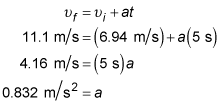
Use the velocity-displacement formula to solve for the distance the car moves in the 5-second time interval:
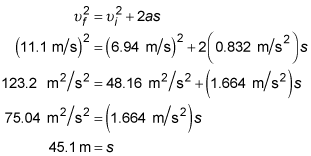
To calculate the work, you need both a distance and a force. Use a free-body diagram to help solve for the force.
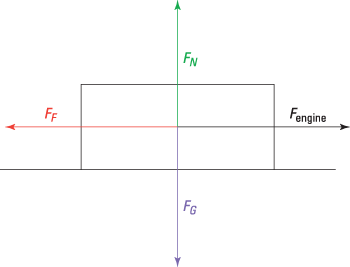
Use Newton's second law in the horizontal and vertical directions. First, in the y direction,
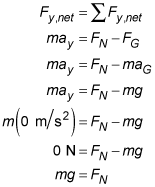
And then in the x direction,
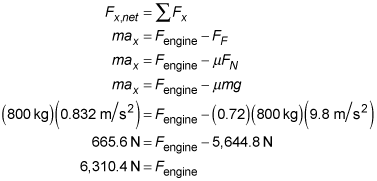
W = Fd where W is the work done on an object, F is the force exerted on the object, and d is the distance that the object moves. So:

Finally, convert your answer into the requested units, kilojoules:


